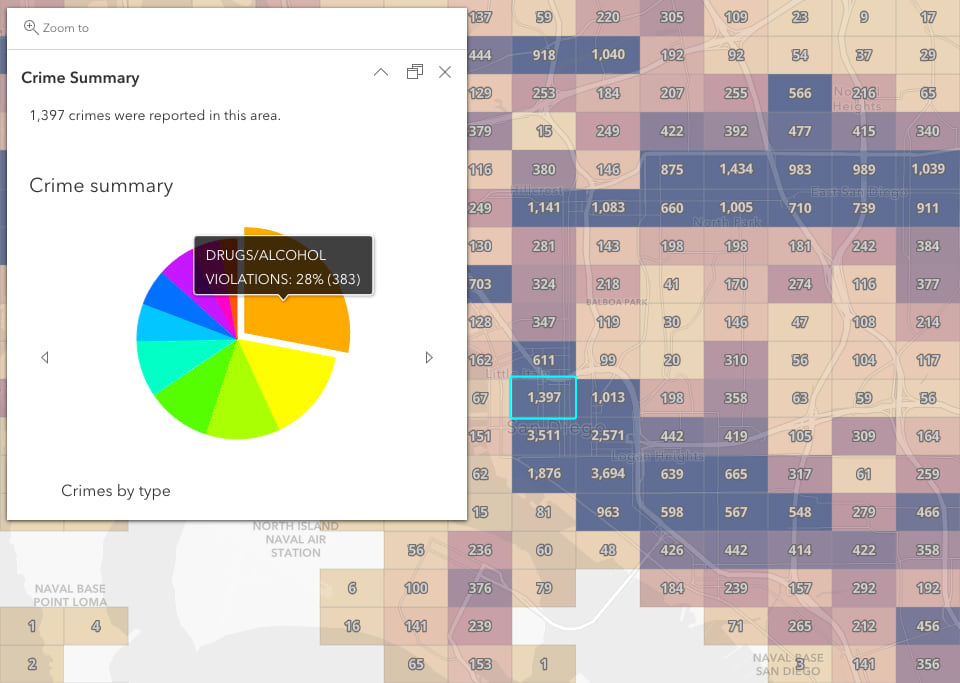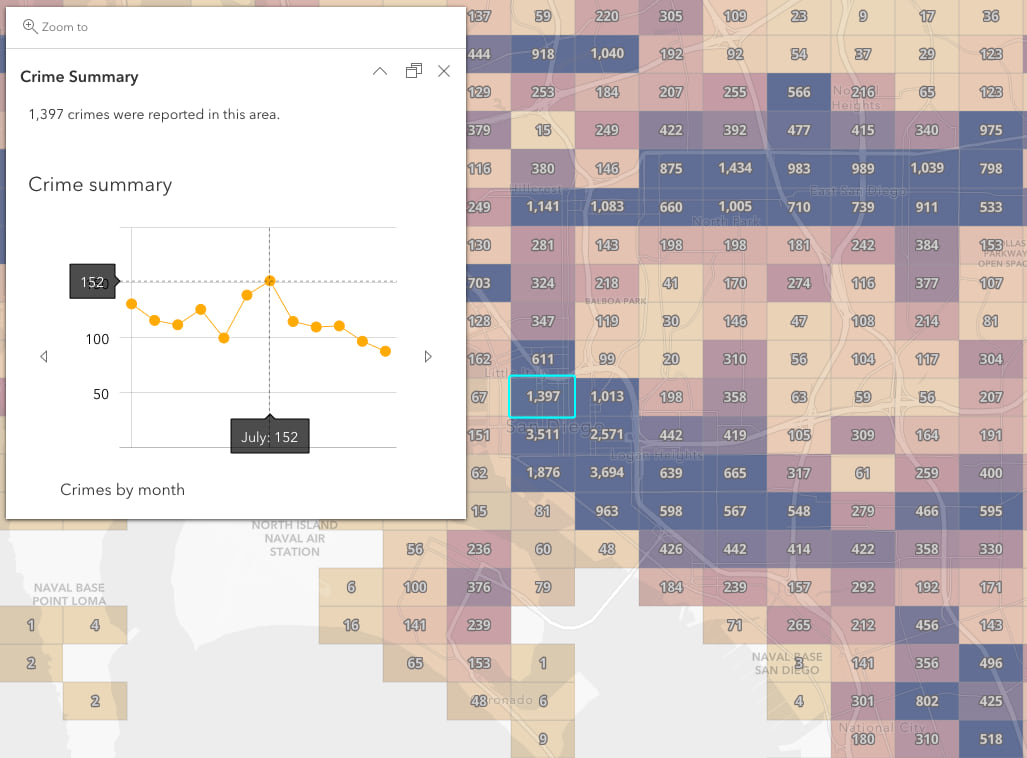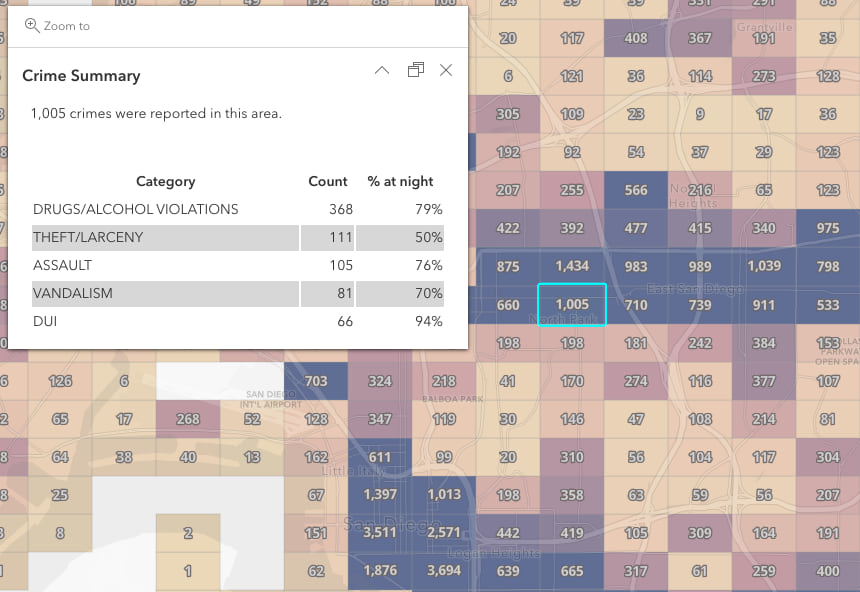This repository is intended for sharing and maintaining reuseable Arcade expressions across all supported profiles.
These expressions are organized based on their intended execution profile. The following folders correspond with each profile:
Click on the desired profile name to view relevant expressions.
Note that expressions living in one folder don't have to be exclusively used in the associated profile. They can likely be used in different profiles, though they were designed for the profile indicated by the folder name.
Each expression lives in a Markdown file, which contains a general description of the expression, its use case, a depiction of the result, the code to copy, and an example of an executable form of the expression along with its output. It may also include a link to a web map demonstrating the expression in action.
Esri welcomes contributions from anyone and everyone. Please see our guidelines for contributing.
Copyright 2018 Esri
Licensed under the Apache License, Version 2.0 (the "License"); you may not use this file except in compliance with the License. You may obtain a copy of the License at
http://www.apache.org/licenses/LICENSE-2.0
Unless required by applicable law or agreed to in writing, software distributed under the License is distributed on an "AS IS" BASIS, WITHOUT WARRANTIES OR CONDITIONS OF ANY KIND, either express or implied. See the License for the specific language governing permissions and limitations under the License.
A copy of the license is available in the repository's LICENSE file.
















